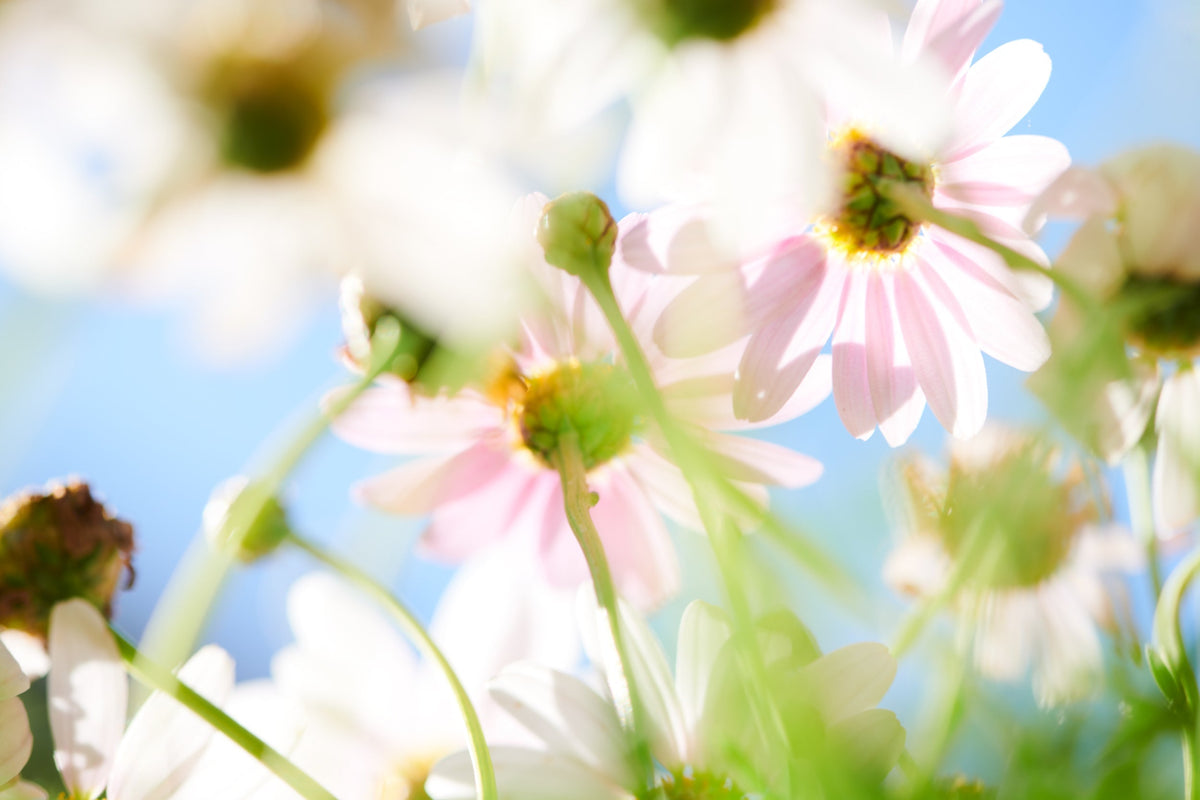

If you know anything about us, you know we love creating flower art. It’s kind of… our thing. But do you know why? Maybe you do. We don’t know what you know. We don’t know what WE know. Who are we, really? We’re not having an existential crisis or anything. Moving on.
One of the reasons we love what we do is the intentionality of the process. For instance, we get to maximize our use of each flower. A viola’s sacrifice will not be made in vain! Its petals will not only contribute to the aesthetics of a cake but also to its taste. It’s beautiful to look at and nourishing to eat. I guess you could say, it’s not just arm candy. It’s the whole enchilada. We love using all parts of the flowers we harvest in our baking – from the petals to the stems and leaves as well.

This brings us to the topic of conversation today: sustainability. We do our best to run a sustainable kitchen here at Eat Your Flowers, not just with our flower designs but holistically. From baking to packaging, we look for ways to cut waste anywhere we can, whether that’s with the brands we choose to buy from, or our practices in the bakery. As mentioned in our last blog post, we only bake as much as we sell, and that specificity and restraint translates to everything we do. So today, we thought we’d share some of the ways we build sustainability into our process here at the bakery that apply to kitchens – commercial or domestic – everywhere. We hope it inspires you, dear readers, in the same way that our findings have inspired us in the past. And look: we remain a student forever and always, so if you have any of your own tips to share, please feel free to reach out anytime.
WISHY WASHY
Honestly, a fairly straightforward way to run a more sustainable kitchen is cutting back on water waste. Kitchen activities account for 20% of our household water use. And we know – our individual efforts can at times feel insignificant in the face of big corporations and big agriculture. But we are firm believers in “you get what you give.” And we’re giving conservation, respect, and care – in the hope that it catches on. Here are some quick, easy ideas that can make a world of difference:
- You’re Basin’ Me Crazy – If you wash your dishes by hand like we do at the bakery, you can save a ton of water with the basin method. Instead of running the dishes under the tap, fill a basin with soapy water and treat your dishes to a bathtub wash. You can still do a quick rinse after soap application, or fill your second basin (if you have one) with clean water for rinsing.
- Feeling Steamy – When cooking vegetables, you can save water by steaming them instead of blanching. Steaming uses significantly less water, and is often quicker too!
- Hand-Me-Downs – Often, cooking water is not “one and done.” We’re obviously partial to plants, but we love to use leftover water from a steam or boil to water our flowers. Simply let your pot cool down to room temperature and then quench that sweet sweet dracaena! In a similar vein, you can also reuse your soapy dishwashing basin water to clean the floors.
- Mastermind – We often create far less waste when we scheme out our actions in advance. This is true for water waste when it comes to planning a cooking or baking strategy. Being mindful of the amount of equipment you’re using can save you the water you’d need to clean up (not to mention the headache). Of course, find your own balance with this – part of cooking is certainly the magic of improvising. Trust that level of regimentation that works for you!

MS. CLEAN
At risk of sounding like a broken record, can we talk about how much power our sweet Mother Nature has to offer? We’ve looked at what she can provide in terms of nutrition, but she’s also a clean machine. We’ve always enjoyed finding natural ways to keep our kitchen clean and safe, which not only helps us steer clear of harsh chemicals but also helps us mitigate our waste. Anytime we’re using something in our kitchen for multiple purposes we’re saving money and plastic. Got a mason jar and some vinegar? Let’s go. Here’s our *~*heavenly*~* DIY kitchen cleaner. Let us know what you think!
Natural Jasmine Cleaner
- 2 cups vinegar
- 2 cups water
- 1 tsp jasmine extract*
*If you’re not a jasmine fan…what’s your deal? Just kidding! Use an essential oil that you love. Eucalyptus essential is refreshing as well. You can also use lemon rinds if you’re not into oils.
One last thing: we have a bit of a beef with paper towels. We get it – certain messes require them. But for the most part, cotton hand towels are amazing, reusable cleaning options. A simple adjustment is to put the paper towels somewhere out of easy reach, so they become less accessible and hence used only for special circumstances. We implement this practice at the bakery, and will continue to shout about it from the rooftops!

YOU'RE STORING ME
If you came here from the newsletter, you've already read about some of our favorite food storage options we use to mitigate food waste and cut down on materials like plastic.
- None Of Your Beeswax! – Oh, how we love these wraps made from all natural beeswax to preserve leftover treats and ingredients. It's a perfect (and prettier) alternative to plastic wrap.
- Tote-ally – We know the nearly irresistible urge to snag one of those little plastic baggies around the produce aisle, especially when you're in a rush. They're just. Right. THERE! But we can resist. Just bring along your cute cotton tote collection. Don't have one? Here's your excuse to start! We go tote-only when harvesting edible flowers from farmers markets or collecting complementary ingredients for our baking.
- Use What Your Mama Gave Ya – If all else fails, you can always use creative food storage methods from items you already have. For instance, if you caved (how could you!) and grabbed a plastic produce bag, give it another chance at life in your kitchen. We balance "necessary evil" of using protective packing paper to ship our items with a practice of recycling packing material from any incoming shipments. We have a giant box in the corner of the shipping room labelled "EXTRA PACKAGING," and it takes all of our restraint to not jump into it every day.
Hope you enjoyed this somewhat brief foray into sustainable kitchen practices. This is truly just the tip of the iceberg. If you found your way here from the newsletter, you read a bit about food waste, but there’s obviously SO much more to talk about. While “zero waste” living may feel intimidating, it’s achievable – or at least approachable – in small increments. Big change doesn’t happen all at once. All we can do is try to be better than yesterday. Mountain peaks grow closer with each step we take. Make the time. It’s worth it.
